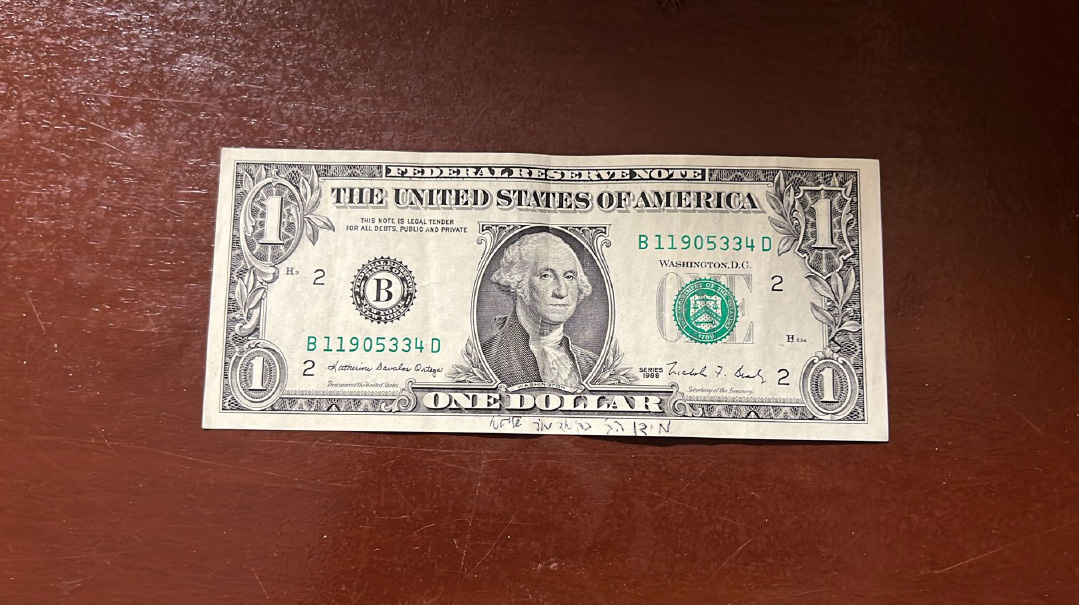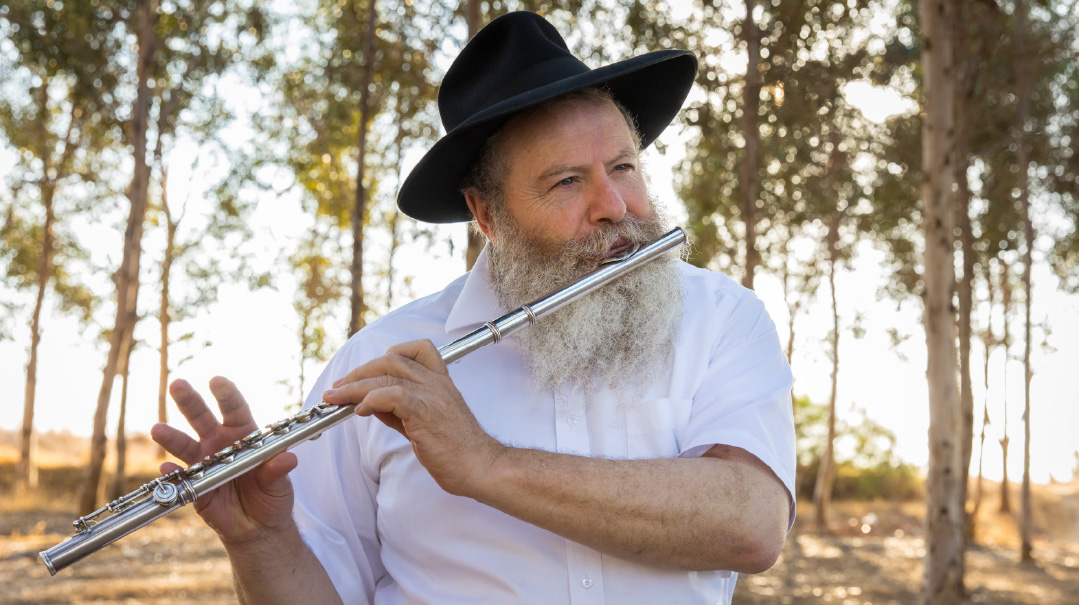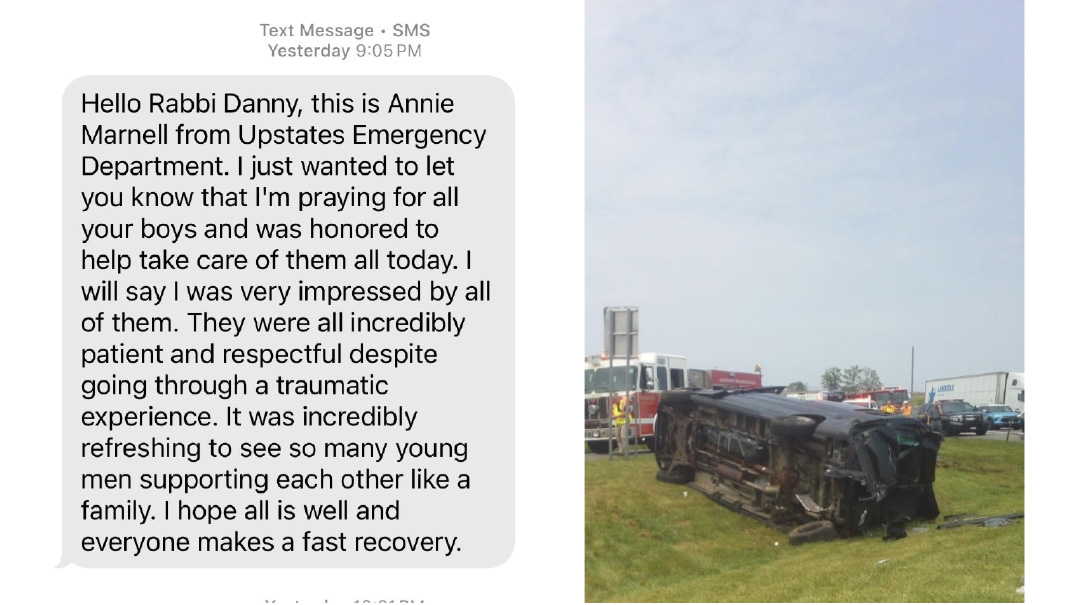The Moment: Issue 989
| December 5, 2023“Everybody has to know that we [as baalei teshuvah] stand here and we make teshuvah relevant”

Living Higher
Last Tuesday night saw a historic moment as five major baal teshuvah yeshivos gathered in unity to hear divrei chizuk from several rabbanim and roshei yeshivah. Though each yeshivah has its own philosophy and hashkafah, differences were of little import in face of the common goal of bringing Jews closer to the Torah, each other, and the Ribbono shel Olam.
Yeshivos Ohr Somayach, Aish HaTorah, Machon Shlomo, Machon Yaakov, and Darchei Noam assembled in Ohr Somayach’s beautiful new beis medrash for the event, titled “V’kabtzeinu mei’arba kanfos ha’aretz.” Rabbi Yehoshua Steyn, mashgiach of Yeshivas Machon Shlomo, opened the evening with the following thought:
“Baalei teshuvah themselves,” he said, “represent the theme of ‘gathering from the four corners of the world.’ Present are students from Scotland, South Africa, England, and all across North America. All come together to Yerushalayim, where they dedicate themselves to Torah study. This is a microcosm of what will transpire in Yemos HaMashiach, when all Jews, from all places, will gather in Eretz Yisrael and devote themselves to limud haTorah.’ ”
Rabbi Yitzchak Breitowitz, rav of Kehillas Ohr Somayach, spoke about the power of Torah and the power of achdus. When Torah and achdus are celebrated together, it will surely elicit an awesome merit for the sake of Klal Yisrael during this eis tzarah.
The evening closed with the words of Rav Beryl Gershenfeld, rosh yeshivah of Machon Shlomo and Machon Yaakov, who emphasized the example that baalei teshuvah set for all of Klal Yisrael.
“Everybody has to know that we [as baalei teshuvah] stand here and we make teshuvah relevant. The possibility of teshuvah is real because you walk around. Chanukah didn’t come from the Sanhedrin in Yerushalayim; it came from the family that was idealistic and strong, and they changed Jewish history.”
Indeed, may we soon see the coming together of Jews from the four corners of the land, in a show of unity, Torah, and teshuvah to the One Who wants nothing more than to see His children return to His home.
A Call to Action

The 2023 Agudath Israel convention gathered in Stamford, Connecticut, over this past Shabbos, and attendees heard the inspiring appeal: When the world shows its true colors, so does Klal Yisrael.
“When I was growing up, the question was, which shul would be the next to go Conservative, or which compromise should we make? And look — we’re here, and only we are here.”
—Rav Aaron Lopiansky
“Since October 7, the secular and traditional have lost the security, but they also lost their identity. It's a challenge, but there is also an opportunity. In the past week, these communities — whether in the Dead Sea hotels, where the refuges are gathered, or in the kibbutzim — they are calling left and right with one request: Bring us yungeleit to learn Torah. There is a window that will not stay open for long. But it’s open now. If there is call for action, it’s to bring Torah to the thousands waiting.”
—Rav Yosef Elefant
“If you’re afraid of failure, you’ll never succeed.”
—Rabbi Shragi Malinowitz encouraging balabatim to increase their Torah study, even if their learning until now hasn’t met with success
“Even if you don’t end up making the move, the mere fact that you’re asking the question shows HaKadosh Baruch Hu that you are machshiv Eretz Yisrael.”
—Rabbi Yerachmiel Fried
“We would assume that the first casualty of what happened would be emunas Yisrael... and yet the very opposite took place. Everywhere in the world, we ran into Hashem’s Hands!”
—Rabbi Gershon Miller
“On Mondays and Thursdays, the baal tefillah says a series of Yehi ratzons, and the tzibbur answers with Acheinu kol Beis Yisrael. The Sar Shalom asks why we say this seemingly unlikely tefillah after a Yehi ratzon. Shouldn’t we say a Yehi ratzon as well? He answers that when Yidden come together, that, in and of itself, is the greatest eis ratzon.”
—Chaim Rajchenbach
“A man came home after davening on Yom Kippur on fire. His tefillos were uplifting, his avodah was on fire, and he wasn’t even hungry. When he asked his wife how her day was, she replied gloomily that the kids were impossible, she couldn’t daven for more than two minutes at a time, and that she was starving. Her husband replied calmly: While I was davening the Yud-Gimmel Middos, you were practicing them. The men go to shul to learn and to daven, but it’s the women who turn the home into the beis medrash.”
—Ari Stern, convention chairman
“I am angry… and I am emotional. How can you not be angry? How can you not be emotional?”
—Chaskel Bennett, on the atrocities of October 7
(Originally featured in Mishpacha, Issue 989)
Oops! We could not locate your form.







